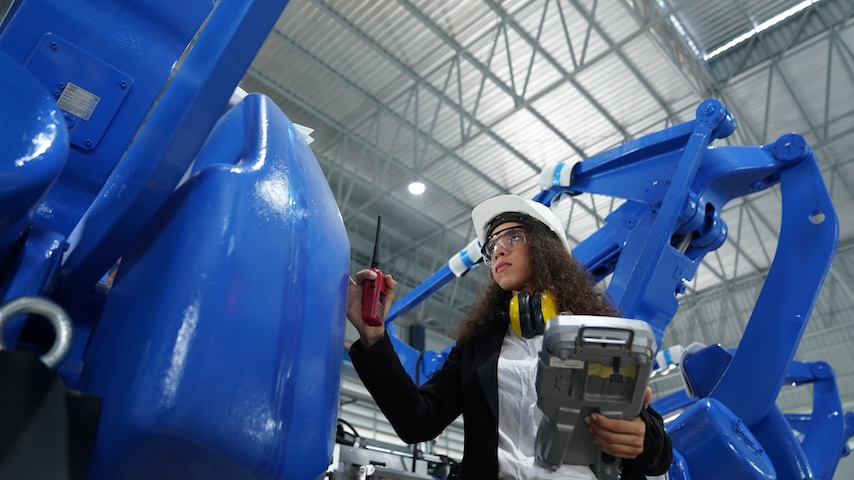PE Application Process
PE Application Process

Jennifer Cooper, RCP Inc., Project Engineer
If you're thinking about becoming a professionally licensed engineer, you'll want to familiarize yourself with the process. Yes, it is a process and it can become an ordeal if you let it things get away from you like requirements and deadlines. The following five steps will introduce you to the basics of the process, where you can find out more information, and a few tips I learned through the process this winter.
1. State Requirements
The first step is to become familiar with your state requirements for licensure. Your state licensing board will be able to provide you with educational and experience requirements, testing dates, reference requirements, application deadlines, fees, and forms. Most of this information can be found on the state board's website. You'll want to become familiar with these requirements and refer back to them often throughout the application process. Tip: If something is unclear or you have questions, don't be afraid to pick up the phone and call state licensing board for clarification.
2. Exams
Next, you'll need to decide which exam to take. You should take the exam in the area of engineering in which you practice professionally, which may or may not be what you studied as an undergraduate. Some exams offer different afternoon sessions, for example the Mechanical Engineering Exam has three afternoon choices: HVAC and Refrigeration, Mechanical Systems and Materials, Thermal and Fluids Systems. Some exams are offered during both the Spring and fall exam sessions, while some exams are offered only once a year like the Industrial Engineering Exam. To find out when the exams are offered you can visit the NCCES website. If the exam you want to take is only offered once a year, this may affect when you apply. Tip: Some states denote the area the engineer is licensed in upon receipt of a Professional Engineer license; you'll need to refer to your state requirements for specifics information during your application process.

3. Deadlines
Now that you know your state requirements and that you meet them, you'll want to note your state's application deadlines for the exam you've picked. I personally recommend not waiting until the deadline to submit your application. A few months before the deadline, you'll want to write up a draft of your experience record and application while lining up your application references. Planning ahead also gives you some time to ask for references without rushing your supporters. Tip: Ask someone else to proofread your application and experience record.
4. References
References serve to verify the quality and scope of the experience record portion of your record. Different states have different requirements on the number and types of references required. A direct reference is a professionally licensed engineer that you've personally worked with or for on various projects, while a character reference is a professional licensed engineer who simply provides a character reference, if your state allows, or requires character references. Again, you'll need to check with your state requirements to see if your state allows or requires reference providers to submit their references directly to the state licensing board or if you must submit everything. Tip: Keeping and updating contact information for engineers you've worked with as you move and change jobs can help in asking for references.
5. Application
So the application deadline is approaching, you have your application proofread, and your references completed, it's now time to submit the application, pay the fee(s) and play the waiting game. Again, different states have different application procedures (online, hard copy, hybrid), some require an ethics exam, some require a background check, and then there are different fee structures. There is usually an upfront application fee to the state-licensing agency that may or may not include the licensing fee up front (if it's not, you'll be required to submit this once you pass the exam); there is the exam registration fee to NCEES, and in some states there is an additional professional tax once you are licensed. The waiting to hear back if your application has been approved can be the hardest part but you can keep yourself distracted by studying. Tip: Double-check to make sure all signatures are on your application before you submit it.
Having not covered the exam, exam preparation, or continuing education yet, you may be starting to ask yourself why someone would be willing to go through this process. The National Society for Professional Engineers details the many reasons for licensure including prestige, career development, authority, and flexibility. Your industry or employer may require licensure. Others may just encourage you to become licensed and reimburse or pay for licensing fees. The process is worth the ordeal, just start early to avoid headaches and be able to counter act any hiccups you may encounter in the process.
.jpg?width=850&height=478&ext=.jpg)


